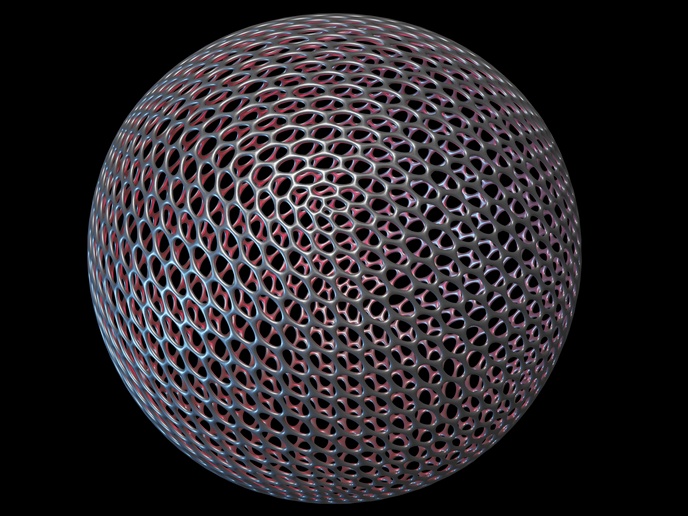Radioactive seeds for cancer therapy and diagnosis
Over the past few decades, researchers have put considerable effort into understanding the origin of cancer, and finding early detection methods that could improve survival rates or even eradicate the disease. One of the most promising avenues for the diagnosis and treatment of disease is nanotechnology. Materials at the nanoscale have unique physicochemical properties, which provide an effective foundation for their use as therapeutics. Yet there are still limitations to the use of nanocarriers for applications in cancer treatment. “The development of nanoparticles presents several challenges, such as lack of in vivo stability and targeting precision, as well as biocompatibility and toxicity issues,” says Gerard Tobías-Rossell, researcher at the Institute of Materials Science of Barcelona. In the NEST project, which was funded by the European Research Council, researchers have developed an innovative approach for the engineering of ultra-sensitive imaging and delivery of therapeutics using nanotechnology. “Our technology relies on innovative nanoparticle sealing after they have been loaded with imaging or therapeutic radionuclides,” explains Tobías-Rossell. “The hermetic sealing ensures the confinement of the active agent, thus enhancing precision and reducing the risk of leakage and systemic toxicity.”
Creating nanoparticle radionuclide seeds
The technology uses a protective shell around nanoparticles, which prevents the accumulation of radionuclides in organs – which could be harmful. The effect of the radionuclides is limited to the tumour site after intratumor injection, minimising exposure to surrounding healthy tissue and lowering unwanted side effects. “An advantage of using nanoparticles rather than drugs for cancer treatment, is that the amount of administered nanoparticles can be greatly decreased, because radioisotopes are highly efficient in killing cancer cells, and can benefit from the crossfire effect,” Tobías-Rossell adds. Through the project, the team followed a classic pathway of nanoparticle development, optimising creation, characterising the particles in a lab and running in vivo trials.
Design and synthesis of a versatile nanoparticle
The most important achievement through the project was the successful design and synthesis of highly versatile, biocompatible nanoparticles, capable of bearing high amounts of diverse therapeutic or imaging agents, while preventing their leakage in non-target organs. “Not only are they efficiently taken up by tumour cells in vitro, but they have also been successfully tracked by in vivo imaging, altering the natural biological fate of the employed agents and demonstrating no adverse effects themselves,” says Esperanza Medina Gutiérrez, biologist and member of the NEST team. The versatility of the nanoparticles created through NEST also let the team deliver lithium to cancer cells in neutron capture therapy (NCT), work done in collaboration with the University of Pavia. “Lithium theoretically produces nuclear products with higher NCT therapeutic potential than current methods, but it has remained unexplored because lithium compounds tend to dissolve in contact with biological media,” explains Tobías-Rossell. Within the framework of NEST, the team successfully encapsulated lithium salts into targeted nanoparticles, establishing the basis for further research on lithium potential as an NCT agent. “Our findings demonstrate the potential of our nanoparticles as robust nanoplatforms for therapeutic or diagnostic agents, enabling precise functionality at the target site,” notes Tobías-Rossell.
Future research toward regulatory approval
While the research in NEST has shown great promise, the timeline for commercialisation will depend on the results of ongoing preclinical trials, and clinical research studies in the future. The team currently has active collaborations with Vall d’Hebron Barcelona Hospital, which will accelerate future nanoparticle synthesis as well as patient recruitment for potential clinical trials.
Keywords
NEST, nanoparticle, radionuclide, seeds, cancer, treatment, synthesis, versatile



